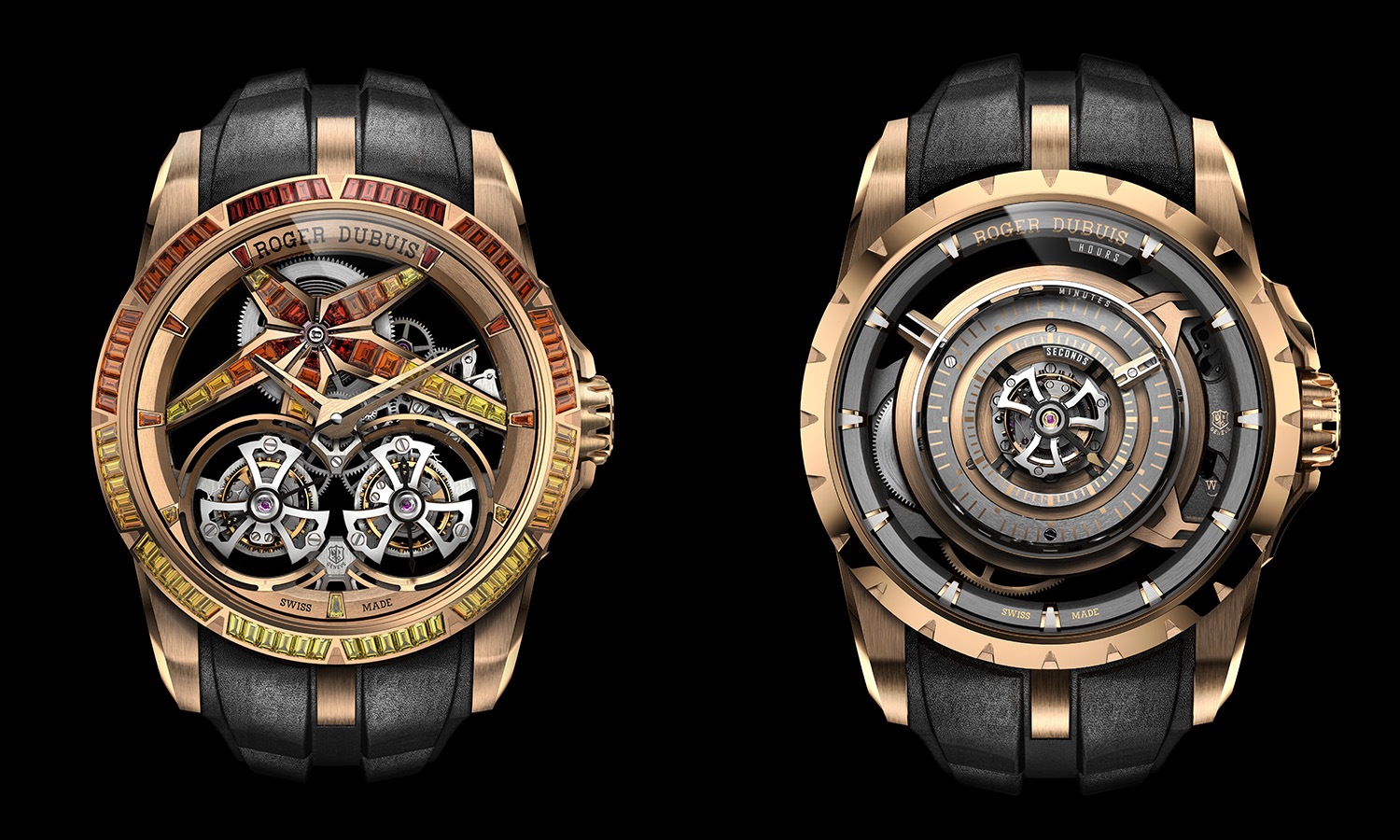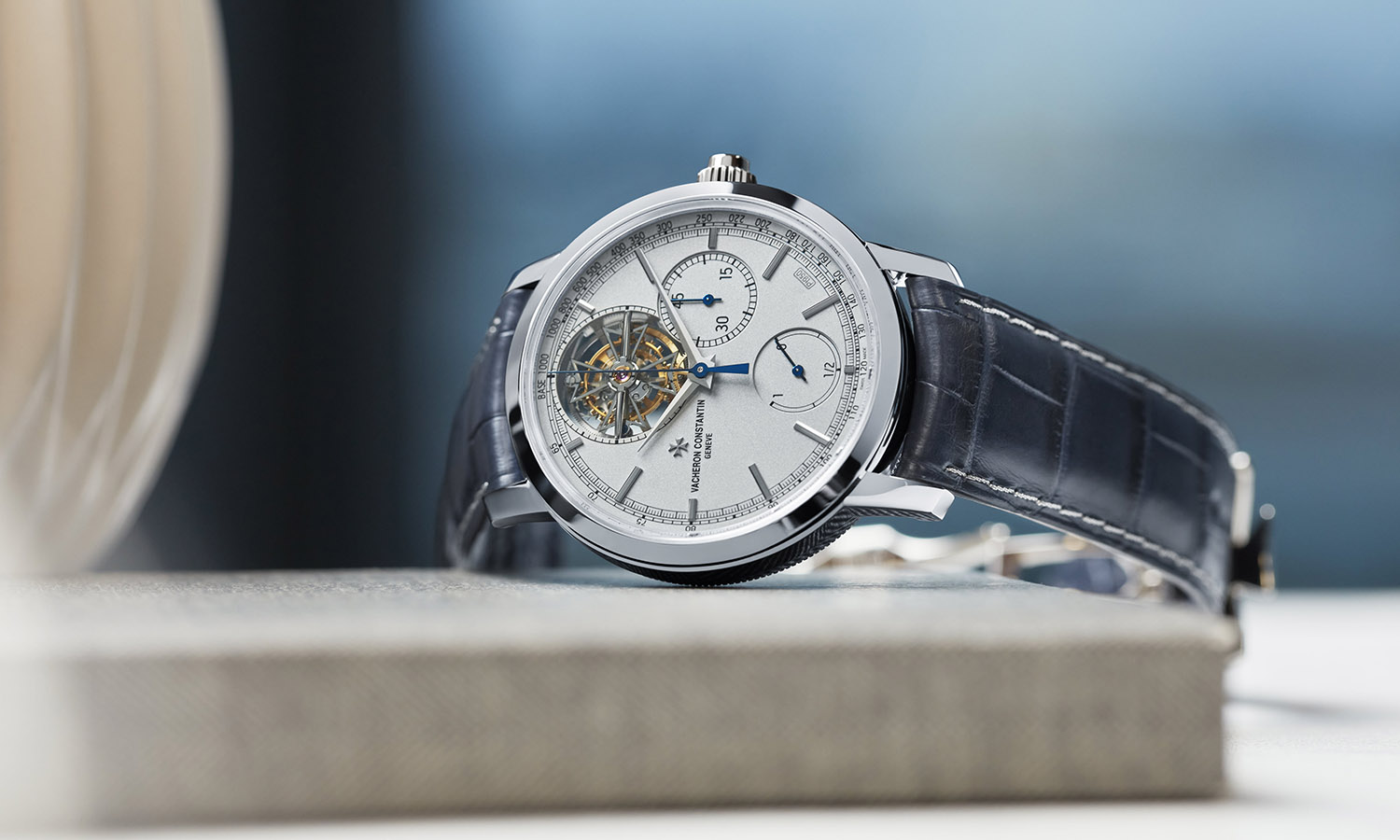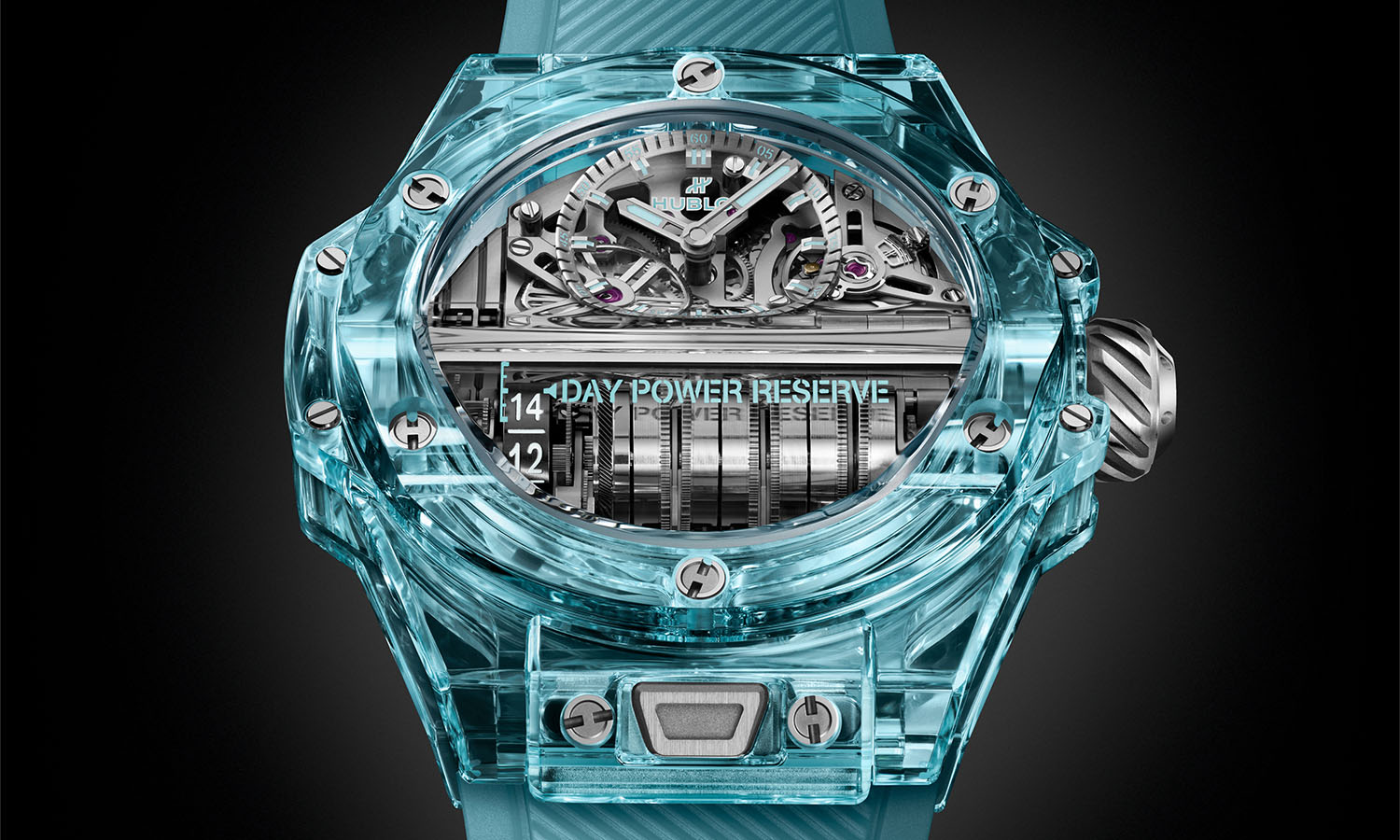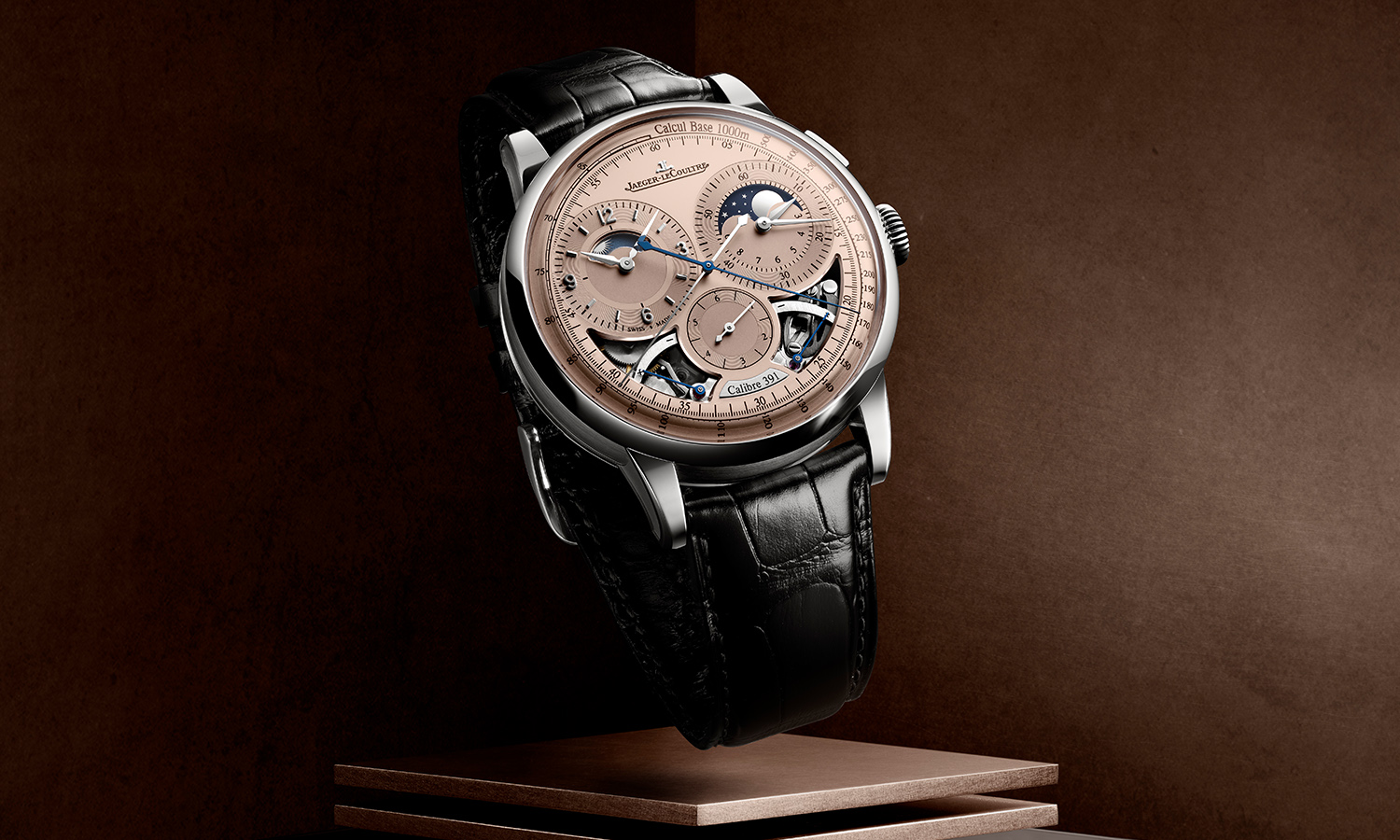
Hertz So Good: The Breguet Classique Chronometrie 7727
It’s a bird, it’s a plane, it’s Superwatch. No, it’s not faster than a speeding bullet, but it’s close; the new Breguet Classique Chronometrie 7727 is equipped with a special high frequency escapement, beating at 10 hertz.
A little background: inside every mechanical watch is a balance wheel, which rotates back and forth under the control of a spiral balance spring that controls how many times per second it swings. It’s kept moving by the escapement, which transmits energy to the balance wheel. Every time the escapement does so, you hear the watch tick. If a watch ticks 8 times per second, the balance is swinging 28,800 times per hour –a common frequency for modern wristwatches. This translates to a 4 hertz frequency, as one “tick” and one “tock” equal one complete cycle. The 10 hertz frequency of the Breguet Classique Chronometrie 7727 means it ticks 20 times per second.
Why is faster better? The answer is that accuracy in a watch is related to how steadily the balance ticks –the more stable it is, the more accurate a watch will be (warning: science ahead.) The stability of an oscillator is called its “Q” factor, and frequency is one of the most important contributors to a high Q factor. The Classique Chronometrie is expected by Breguet, once production begins (expect the watch to start to appear in limited numbers in Breguet boutiques this fall) to show a maximum daily variation in rate of one second or less.
High speed escapements need extremely light components –like F1 cars, weight is the enemy, and as in an F1 car high tech materials are needed. The escapement components of the Classique 7727 are made of ultra light silicon, etched from paper thin wafers using technology borrowed from the semiconductor industry. Since silicon is glass-smooth, no oil’s needed in the escapement either –contributing to both the longevity and accuracy of the watch.
The Classique has another trick up its sleeve: magnetism. In an ordinary wristwatch, the balance wheel’s pivots sit in ruby bearings, lubricated by a tiny drop of oil. In the Classique 7727, the bottom pivot of the balance is held in place by a powerful permanent magnet –a technology unique to Breguet, and one which helps ensure that the watch will run at the same rate regardless of the position it’s in, unlike a normal watch, which runs at a slightly different rate in different positions. Magnets are normally anathema in watchmaking –exposure to a strong magnetic field makes most watches either run wildly inaccurately or even stop completely –but the Classique 7727 is immune to the effects of magnetic fields thanks to the amagnetic nature of silicon.
Despite its triple threat technology (fast beat escapement, silicon escapement and balance spring, and magnetic bearings) it’s housed in formalwear that the company’s founder, Abraham Louis Breguet, would have recognized immediately had he seen the watch in his heyday in the early 19th century. The coin-edge case fluting, pomme style hands, and immaculately executed guilloché finish are all classic Breguet design elements (the prototype shown has “10 Hz” in red on the dial, but CEO Marc Hayek assured us when we saw the watch at the BaselWorld watch show that that element would be removed in the final production watch.) No news yet on pricing but we expect Breguet collectors to compete fiercely for bragging rights to own the most technologically advanced watch Breguet has ever made.
 SIGN UP
SIGN UP










